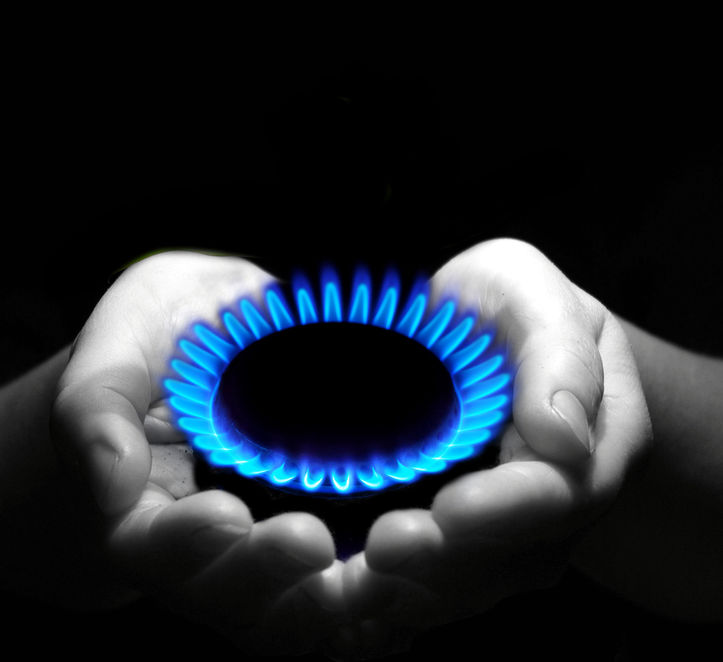America’s position as the world’s leading producer of oil and natural gas received a significant boost Aug. 29, when the Trump administration announced plans to scrap Obama-era regulations of methane from oil and gas operations.
Issued in 2016, the Obama regulations targeted methane emissions from wells, pipelines, and storage facilities and would have subjected these operations to rigorous, and in some cases, redundant reporting requirements.
Small amounts of methane can leak from wells and natural gas pipelines. Flaring, the controlled burn of natural gas during oil and gas extraction, is another source of methane emissions. Sometimes flaring can’t be avoided because of a lack of pipelines near the drilling site.
The rules were justified by citing methane’s alleged effect on climate change as a “potent” greenhouse gas. Yet Obama officials at the Environmental Protection Agency (EPA) failed to carry out the most elementary requirements under the Clean Air Act (Section 111) which directs EPA to list stationary sources that contribute significantly to “air pollution which may reasonably be anticipated to endanger public health and welfare.”
Higher Productivity, Lower Emissions
What the Obama regulators completely ignored is that the oil and gas industry has sound financial incentives to limit methane emissions. Methane that is leaked is natural gas that isn’t sold. Recognizing this, the industry has taken its own steps to cut emissions. The Trump EPA points out that U.S. natural gas production has doubled since 1990, but methane emissions from oil and gas operations have fallen 15%.
According to the Wall Street Journal (Aug. 31-Sept. 1), methane emissions from U.S. oil and gas have dropped 12% since 2005 even as oil and gas production increased 80% and 51%, respectively. And in the booming Permian Basin in West Texas and southeastern New Mexico, methane emissions have declined 4% while oil and gas production doubled.
In its determination to strangle the U.S. oil and gas industry in favor of promoting wind and solar power, Obama-era regulators failed to inform the American public of methane’s real role in the grand scheme of things. As the WSJ notes, methane makes up only 10% of global greenhouse-gas emissions. Of the 60% of global greenhouse-gas emissions attributable to human activity, oil and gas account for a third. What’s more, oil and gas production make up a mere 1.2% of U.S. oil and gas emissions.
Oil and gas prices worldwide remain low, a result of a glut largely brought about by the shale boom in the U.S. Those low prices haven’t hurt the likes of ExxonMobil, Shell, or BP. But they have squeezed smaller producers. It is these independent producers that would have been harmed the most by the Obama regulations.
The Trump EPA is proposing to rescind the Obama methane rule but it will retain limits on emissions that lead to ozone-forming volatile organic compounds (VOCS) that can escape from wells with methane.
Wetlands and Methane
By far, the largest source of methane emissions globally, including the U.S., is Mother Nature, specifically, wetlands. As noted by ScienceDaily (June 19, 2019), “wetlands are, after all, wet – soil microbes and plants are forced to metabolize anaerobic conditions. And this leads to methane production.”
